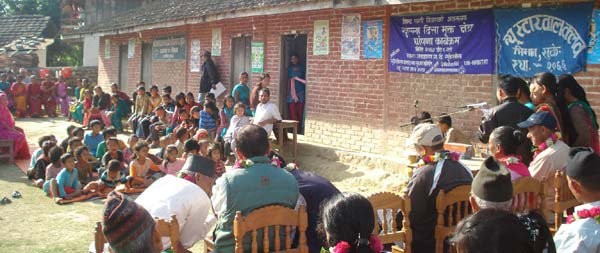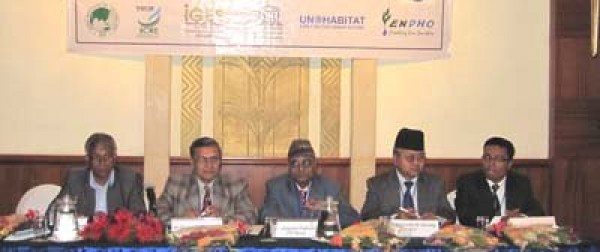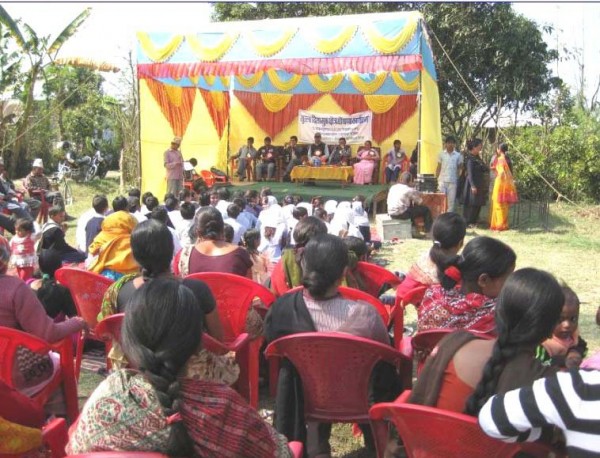Traditional Water management and Machhendranath Festival
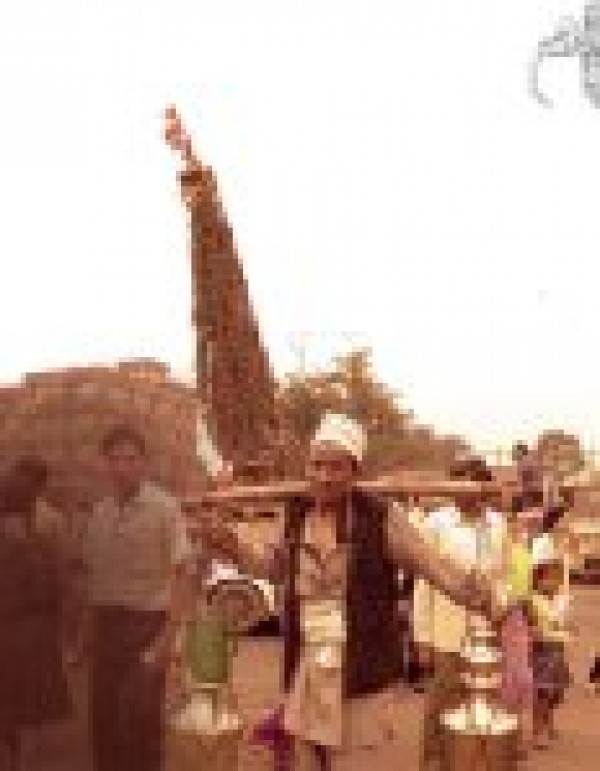
UN Habitat has launched the Urban Forum to discuss on urban issues in Nepal. The forum will provide a monthly forum to youths, researchers and scholars to discuss on urban issues of Nepal. It has organized an interaction programme on "Traditional Water management and Machhendranath Festival" on the launching of the Urban Forum. Mr. Padma Sundar Joshi, Habitat Manager, UN Habitat Nepal, highlighted on the traditional water management system in Kathmandu Valley and linkage on the Machhendranath festival celebration in the programme. He further explained the Kathmandu city as a superb example of an eco-city based on the water management system with the provision of water canal (rajkulo), ponds and stone spouts. The cities of this valley developed a brilliant example of sustainable water management and linked it with socio-cultural practices.
Mr. Joshi highlighted the city planning and city water supply system of Kathmandu valley that started at least 1500 years ago in Kirat, Lichchhavi and Malla dynasties. The city is planned as a design of Mandala with the three concentric circles; Human settlement domain, agricultural domain and natural domain. Kirats developed the gravity flow water system from the springs and Licchhavis introduced the dug well technology to utilize the ground water in Kathmandu valley. Mr. Joshi introduced the Hiti system of the stone spouts of the Kathmandu valley. The natural spring water from Budhanilkantha, Bageshwori and Tika Bhairav brought through water canal (rajkulo) and storage in the public ponds in city since last 1500 years. The ponds contributed as aquifers of the water supply system. Water collected in the ponds infiltrated in the ground and flowed to stone spouts through cannels for public supply. The stone spouts are managed in the human settlement, on the way to farm and the natural sanctuaries to serve water to the public for different purpose. He described the Hiti system; stone spout (Hiti) platform, intake, watercanal, filtration system and reservoir. He stressed on the importance of all the system for sustainable water supply. He explained the social engagement and linkages in the traditional water management system, family level, neighbourhood level and state level. He further explained the linkages of Machchhendranath festival in city water system. Machchhendranath festival is linked with the sustainable water system, certain rituals are linked with particular water body; ponds and stone spouts. The community level trust fund mechanism Guthi also established to execute and sustain the activities of traditional water supply management. There are many cultural festivals celebrated in the water sources to encourage water source protection and conservation. He expressed his worries on destruction and interruption of the traditional water management system with the modern development activities. Encroachment of the ponds and stone spout platforms, interruption of water cannels and construction of private dug wells destroyed the traditional water system of the Kathmandu valley. The deep basement buildings and laying of hume pipes for city storm water also affected on the traditional system of water flow in ponds, dug wells and stone spouts. Mr. Bhushan Tuladhar, Regional Technical Advisor, UN Habitat Water for Asian Cities, expressed that the traditional water management system of Kathmandu valley was an excellent and complete system of water management. Traditionally, it was sustained and managed through linkage with the rituals and festivals but in the modern days we have to manage and preserve it with ours ethics and legal provisions.

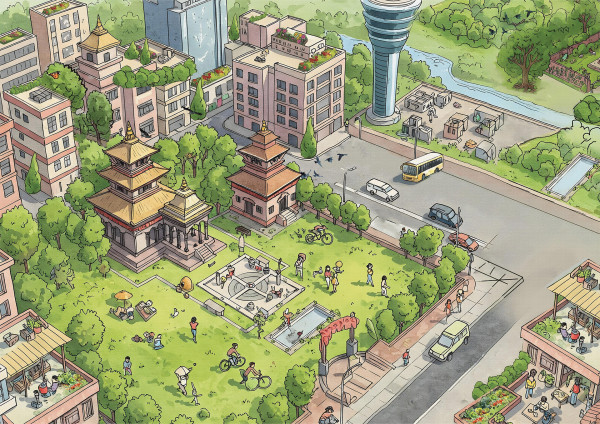
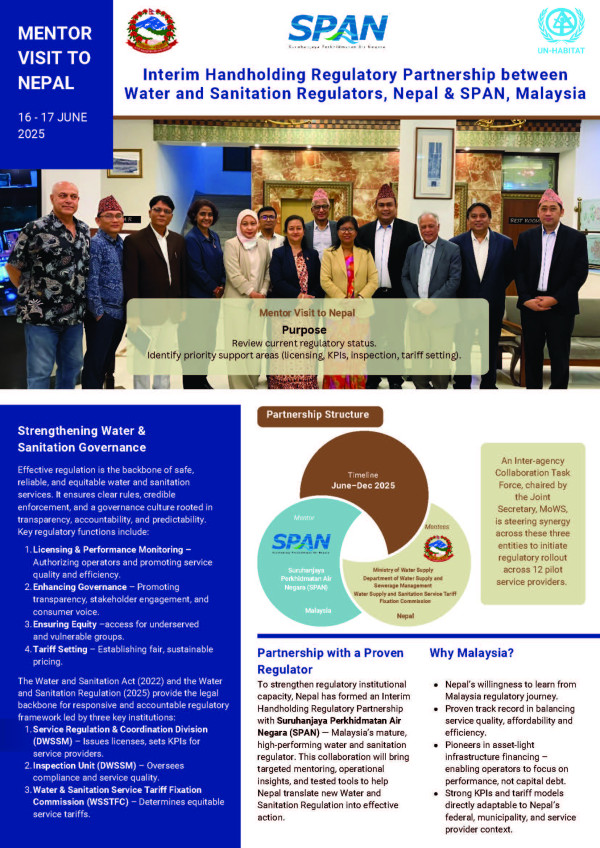
.jpg)
.jpg)
